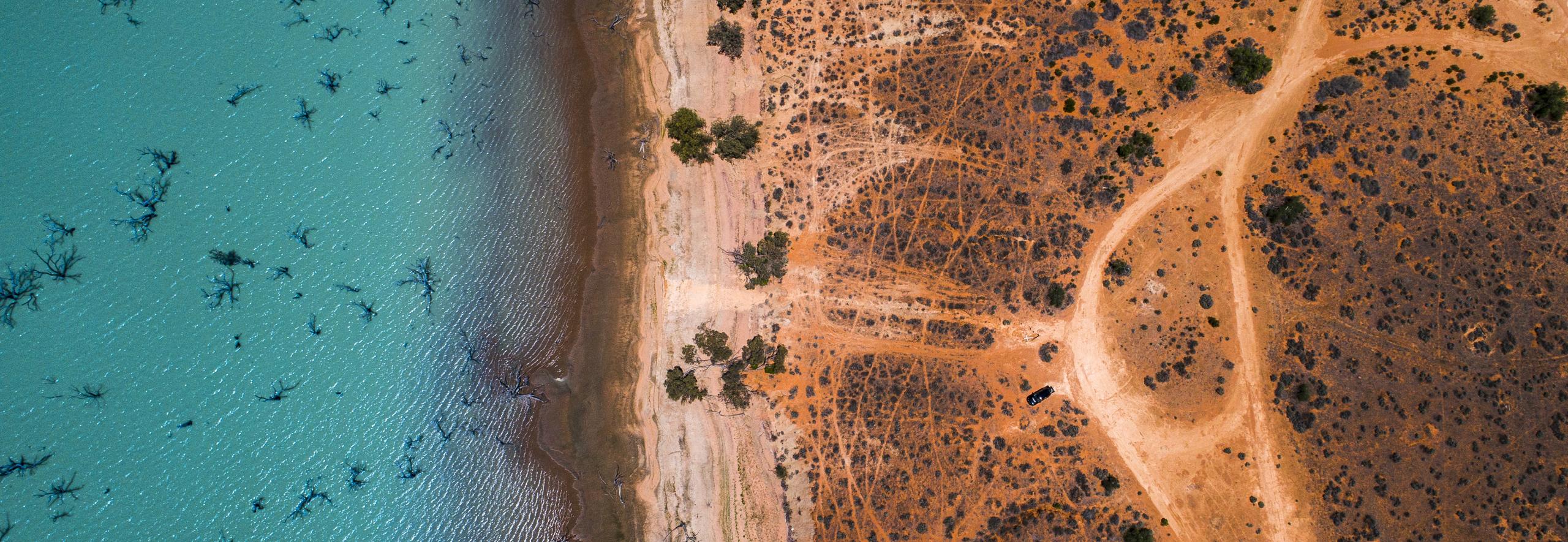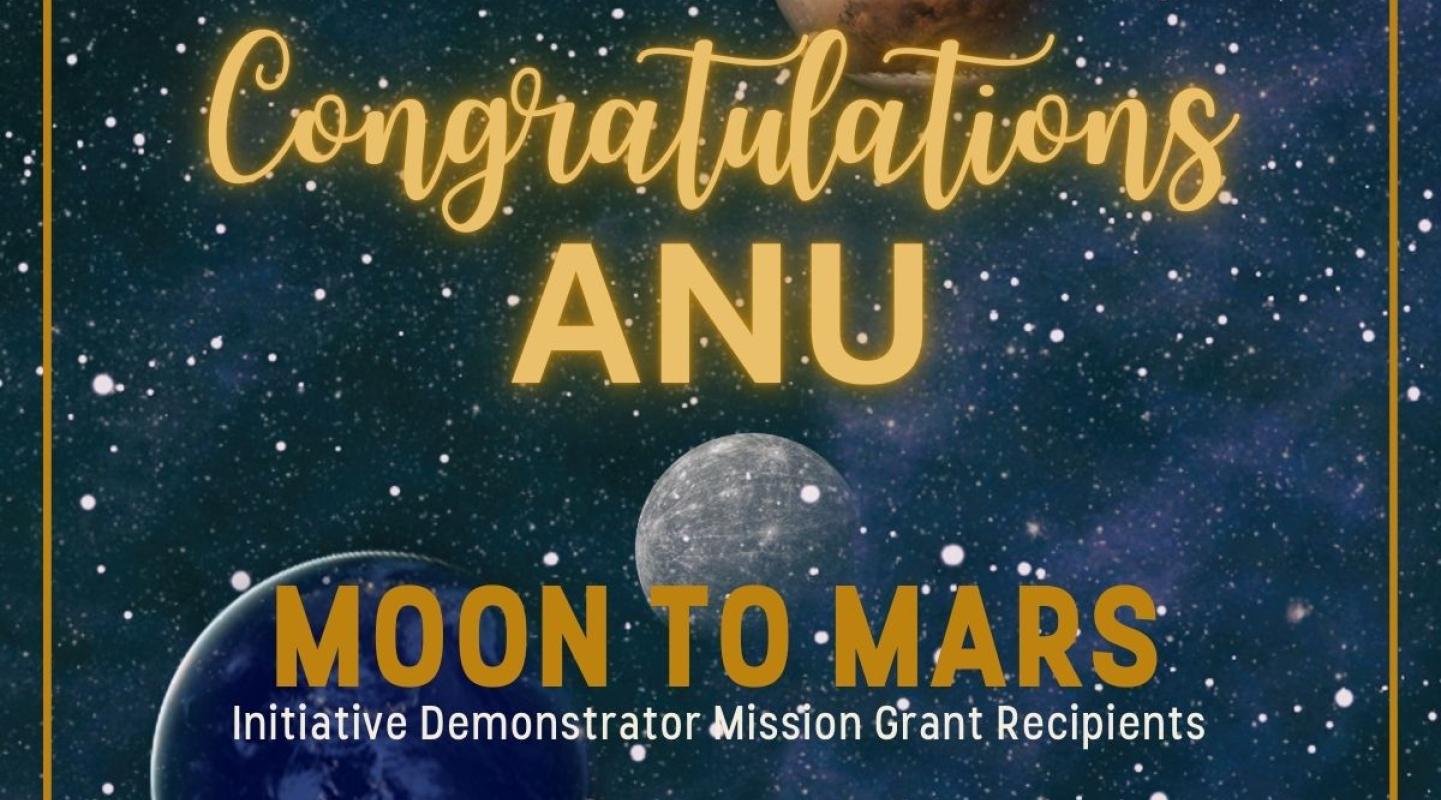
Making precise measurement of Earth’s gravitational field and how it changes over time can give us crucial information for earth observation, climate change, and navigation.
Climate change is one of the most urgent issues of the next decade. As we’ve learned from recent droughts and floods, water management is critical in Australia and globally. Measuring the changes in Earth’s gravity over time allows us to map Earth’s water movement to measure climate change effects such as variations in sea level, ice-cap melt, and monitoring of water basins such as the Murray-Darling. We will be able to better predict and mitigate floods, provide support to the agricultural industry as it adapts to climate change, and the planning of new cities will be possible with precision data to support water management.
We are bringing together capabilities in developing new laser systems for precision measurement along with expertise in Earth observation data analysis and utilisation to provide key information on water resources in the different components of the hydrological cycle.
The team is also developing new quantum sensors for measuring gravitational fields and magnetic fields, with applications in underground structure mapping and navigation on Earth and in space.
Mission goals
- Develop new types of gravity sensors using quantum technologies, advancing data analysis for Australia’s water management and climate monitoring
- Continue Australian research collaborations with NASA/German GRACE missions
Milestones
- In 2023, SmartSat CRC backed ANU Professor Kirk McKenzie, as a Professorial Chair of Precision Measurement in Space.
- With support from the Australian Space Agency’s Moon to Mars Program, this project will produce laser stabilisation flight technology for next generation gravity sensing missions. It extends the successful collaboration on the GRACE Follow-On mission to develop space flight technology for the next GRACE missions.

Breaking news
ANU projects awarded Australian Space Agency’s Moon to Mars Initiative grant funding
07-07-2023We are over the moon to announce that two of our ANU InSpace Flagship Missions have received grant funding from the Australian Space Agency’s Moon to Mars Initiative.